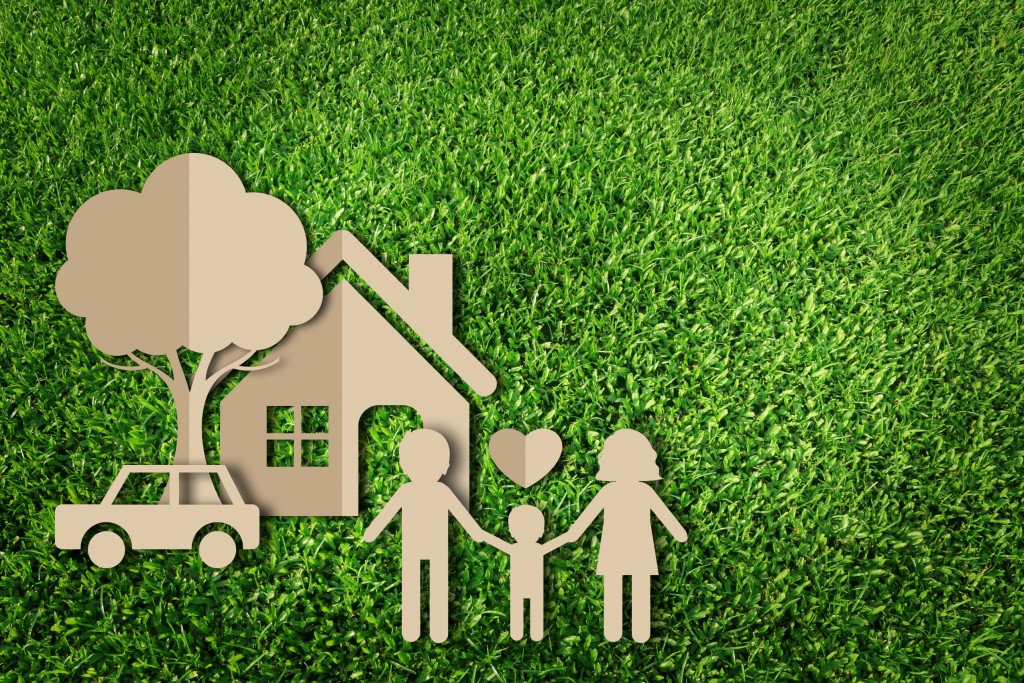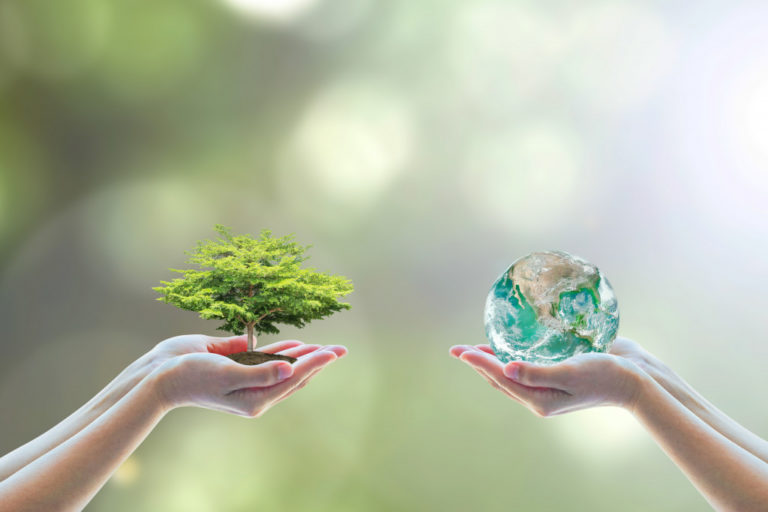Sustainability has emerged as one of the 21st century’s most urgent concerns. No matter where you live around the world, you can feel the impact of its effects, both the direct ones and those of a higher order.
Individuals are making adjustments in their lives to reduce consumption. Increasingly, they are demanding that businesses do the same. But for the latter, various obstacles can make the transition difficult.
The use of dated technologies and systems and reliance on tried-and-trusted, efficiency-driven supply chains can create a sense of inertia. For a business to change and survive in the future, it will have to fit into a circular economy model.
The complexity of global sustainability
For much of humanity’s early history, sustainability was a local issue rather than a global one. We didn’t have the capability to travel around the world, settle in various environments, and trade with distant communities.
This sort of existence forced early societies to be more keenly attuned to the limits of their environment. In his book Collapse, Jared Diamond calls attention to how several societies in the past had pushed beyond the limits of their environment. By failing to practice sustainability on a small scale, societies such as the Maya, Viking Greenland, and Easter Island effectively chose to fail.
It’s this choice we are faced with on a global level in the modern world. A business in the US draws upon labor and materials from China and other manufacturing centers elsewhere in the world. Consumers in those countries, in turn, can purchase high-quality finished products from the Western world.
As raw materials and finished goods circle the globe, often multiple times, carbon emissions rise. Waste products go into landfills or the bottom of the sea. Everyone has access to non-renewable resources around the world. In terms of sustainability, there are innumerable weak links in the chain.

Circular economies help overcome inertia
The role of the individual in driving this cycle of excessive consumption cannot be understated. We, as consumers, provide the stimulus that businesses perceive as demand.
But individual behaviors can be more easily adjusted. With improved awareness and positive influences, a person can make more discerning purchases. Or they can choose not to purchase at all, turning instead to the second-hand market or repurposed goods for their needs.
Businesses, on the other hand, might be wasteful on multiple fronts. Excess inventory in the fashion industry, for example, can be burnt or dumped in landfills. Similar processes exist across industries when handling returns.
Wasteful as they are, such processes are actually cost-effective. There’s considerable inertia to change them because sustainable measures are hurting the company’s bottom line.
A circular economy addresses these issues by making waste management a built-in part of company processes. You don’t just package products in plastic and forget about them. You get a plastic baling machine and set up methods for collecting used packaging from the consumer.
Since these changes feed into your operations, the common objection regarding profit margins falls away. It was already a flimsy argument to begin with. When environmental limits are exceeded, all businesses will fail.
Different models of sustainability
The concept of a circular economy isn’t new. And it’s projected to gain further traction over the years. Thought leaders from WEForum to McKinsey believe that it’s the only way to survive in the future.
Many companies have already begun to implement circular economies in their operations. And there are currently five recognized models for doing so.
The first model is based on waste recovery and recycling. This includes companies that have in-house solutions for turning waste products into something useful. It also covers companies whose entire value proposition is founded on this premise.
Another model makes use of circular supply chains. The partnership of apparel maker Timberland with tire manufacturer Omni United is an example, turning used tires into new shoes.
Sharing platforms like Airbnb provide another model of a circular economy. They satisfy the demand for short-term rental by connecting prospective tenants with existing property owners. Instead of witnessing new vacation home construction, the net result is better utilization of otherwise unoccupied property.
On a similar note, businesses engaged in refurbishment and reselling of items offer a route into the circular economy. Companies could take similar measures to allow consumers to send back their old products for an in-house lifecycle extension.
Finally, businesses could seek ways to turn physical products into virtual ones. Although not applicable everywhere, it has worked well for Spotify and Netflix, which don’t sell physical CDs or media players.
Working on one or more of these strategies, a company can start to transition from doomed and unsustainable operations into forward-thinking models that will thrive in the future.




